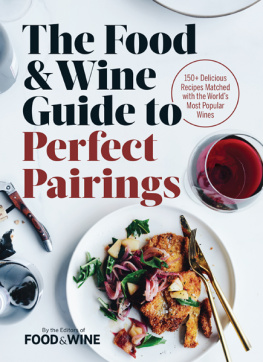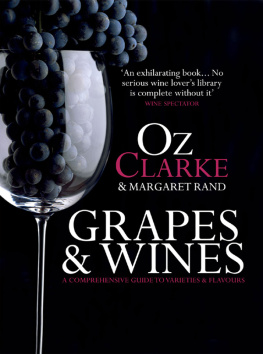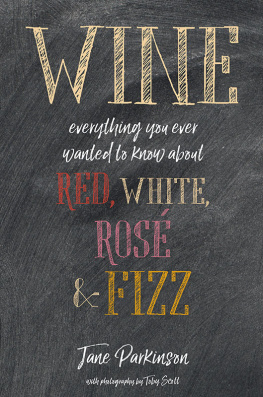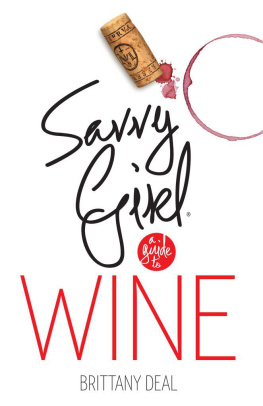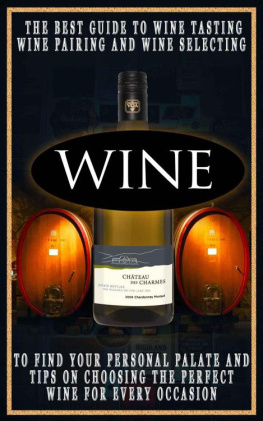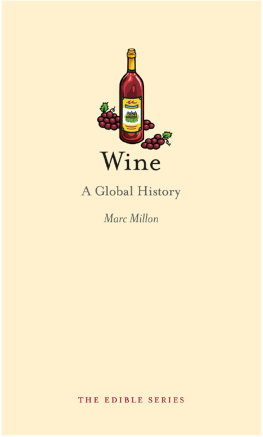Contents
Guide
Page List
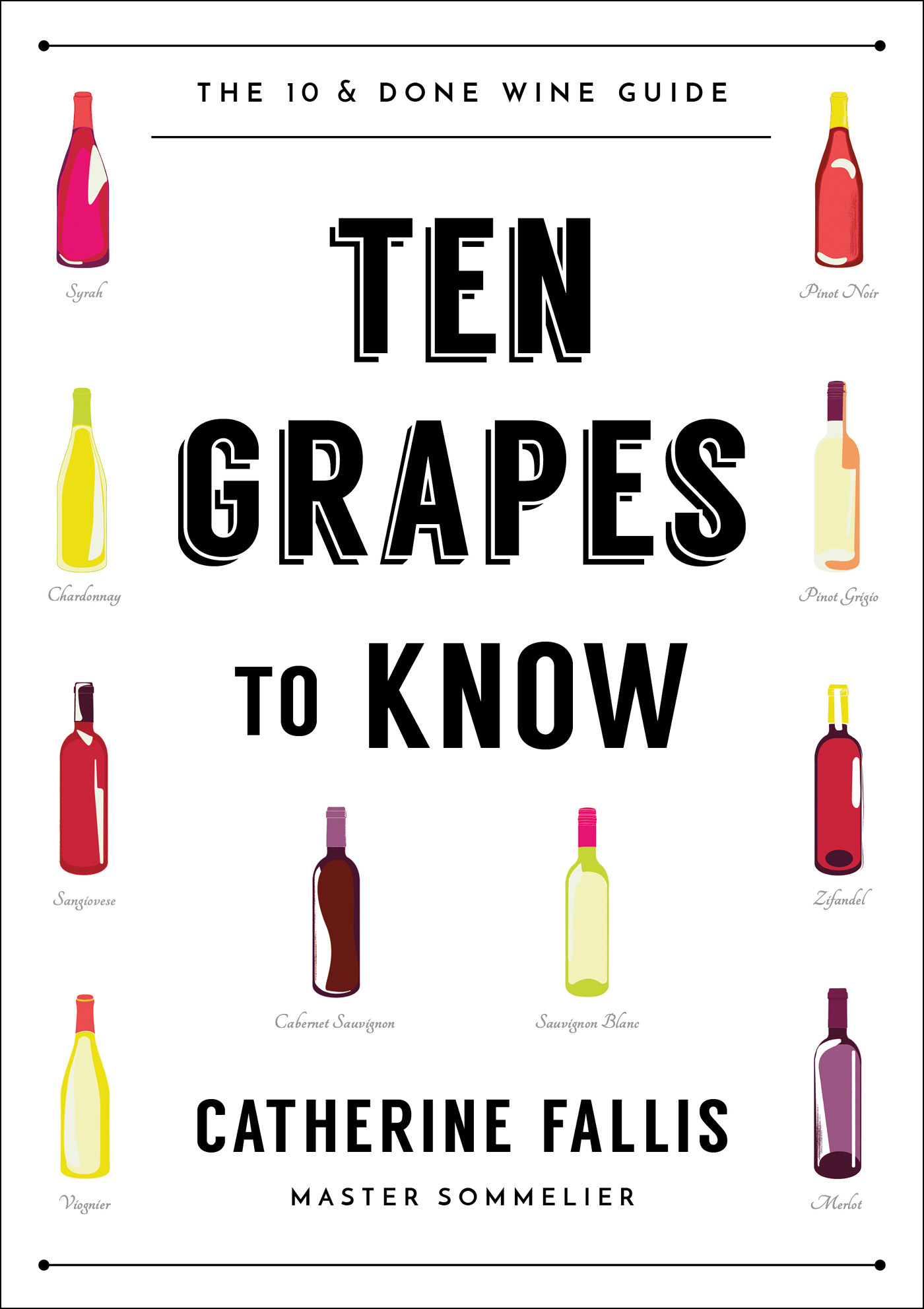
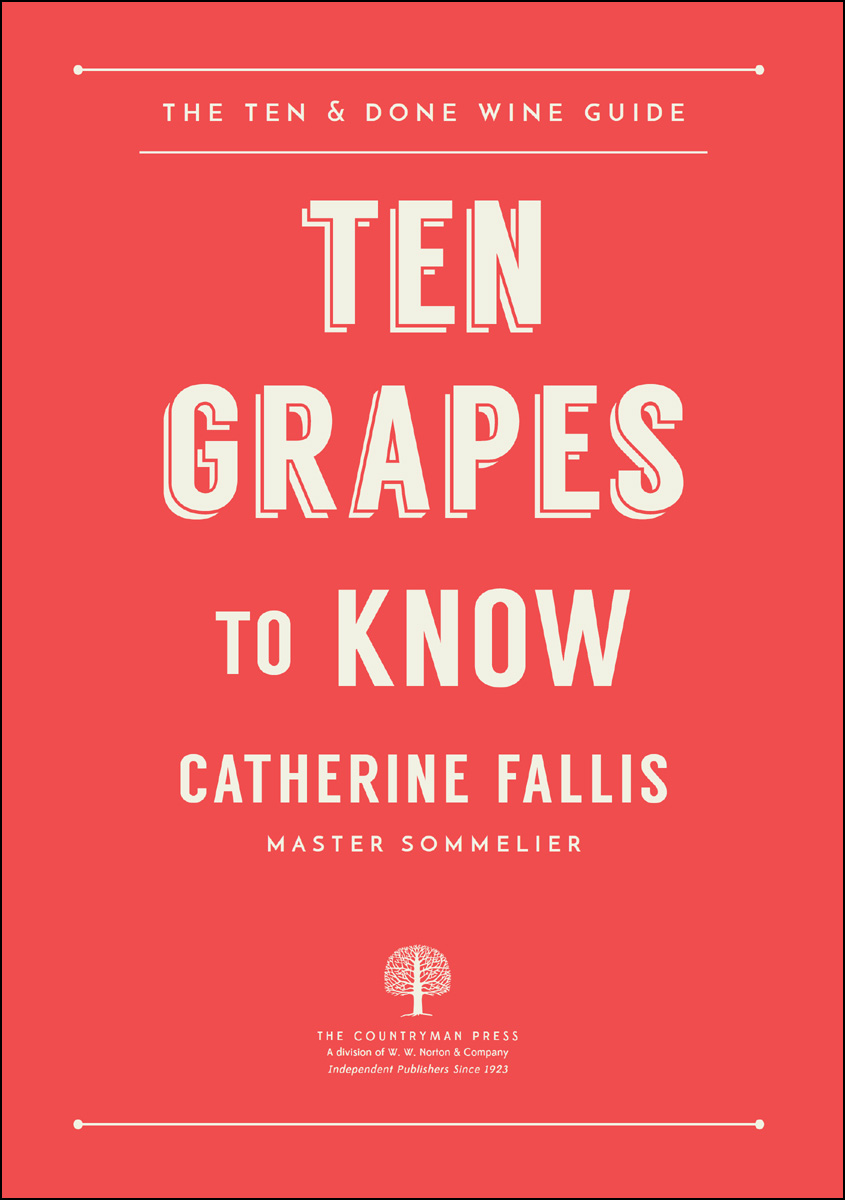
For Miles
CONTENTS
Every time I shop, I observe folks standing in the wine aisle, struggling over which bottle to choose. I eavesdrop on their cell phone conversations. They go something like this:
Hi. Im at the market. Which Chardonnay should I get? The one with the critter on it is on sale, but its not very good. The one we usually get is thirty dollars but I would like to stay under twenty. What should I try?
In a restaurant, there is at least a server, bartender, or perhaps even a sommelier to help navigate the selections. But are they genuinely trying to help you or just build up the check or make a commission? Trust is an issue and it becomes a bigger deal when you are considering a $100 bottle on a menu versus a $15 bottle on the shelf.
I wrote this book to illustrate that with just a little investment of time, and with a focus on ten essential grapes and the wines they make, you can become sufficiently well versed to navigate most wine situations with confidence and ease. I spend most of my time teaching, training, certifying, and adjudicating exams at a very high technical level. I even write technical works for that audience. This is not one of them. I am putting you in the drivers seat. Take a spin through these chapters: Pinot Gris/Grigio, Sauvignon Blanc, Chardonnay, Viognier, Pinot Noir, Sangiovese, Syrah/Shiraz, Merlot, Cabernet Sauvignon, and Zinfandel. Check out a chapter with a grape you already know, or read them in order. Its up to you!

In my journey to becoming a Master Sommelier, so much of the information was presented in a manner that was not only mindboggling in its scope, but also made me feel like an outsider, not a member of the secret society. I found it terribly intimidating and snobbish. I still do, from time to time. Over the years I have developed a reputation, aided by my first boss in the biz, Kevin Zraly, and my experience backpacking around Europe in my early twenties, of simplifying complicated materials and making the presentations and material straightforward, concise, and not at all technical when writing for or presenting to consumers. I named my company Planet Grape, and my alter ego, grape goddess. While I am a highly credentialed expert and you can trust in the information I provide, I want to make wine inviting, down-to-earth, and fun.
Lets start with the basics of tasting, pairing, shopping for wine, and ordering wine in restaurants. If youd like to delve into the information here, feel free. If youd like to skip right to one of the grapes, go for it. In each chapter, I share the history of the grape, where it is grown, its taste profile and the styles of wine produced from it, dozens of specific wines to try, anecdotes from my career in wine, and more. Either way, most of your basic wine questions are answered here, and this will serve as a useful reference tool. Enjoy!

Wine, like food, is a pleasure for the senses. We use our eyes, our nose, and our palate as often as we eat. Enjoying a glass of wine requires the exact same toolsnothing more, nothing less.
How do we enjoy wine? Let me count the ways. Just as in food tasting, or eating, we use our senses of sight, smell, and taste. Occasionally our ears receive anticipatory pleasure messagesthe sound of popcorn popping, or the pop of a Champagne cork. We also use our sense of touch, as in the sheer sensual pleasure in a bite of silky, creamy chocolate pudding, or in a glass of buttery Chardonnay.
Weve been given a complimentary toolbox! We all have the senses, if we are lucky, of sight to enjoy a wines beauty, of smell to enjoy its perfume, and of a palate to taste and feel a wine. Our preferences are unique, and fully our own. These preferences apply to coffeewhether you like it strong, black, and bitter or frothy, creamy, and sweetas they do to wine. You like what you like, and you dont have to defend yourself! Our individual tastes, like our fingerprints, are as distinct, unique, and varied as the hundreds of thousands of vineyards around the world.
Looking to their origin, the best wines are from well-sited vineyards that have a natural capacity to produce superior raw material; in this case, grapes. Winemakers work with these top-quality grapes but the best of their lot will give credit where credit is due: to Mother Nature.
Historically, the fine wine-producing countries of the world have had the right soil and favorable weather conditions, and have looked at wine production and consumption as an important part of their history and culture. Grapes for wine production are generally grown at latitudes 30 to 50 north and south, and include two general groupings, Old World and New World.
Wines from the Old World include those from European countries, such as France, Italy, Spain, Portugal, Germany, Austria, Switzerland, and Hungary. Old World vineyards are generally situated in cool climates, where grapes struggle to ripen and their quality reflects annual weather patterns. Therefore, each vintage is unique and there is great variation from year to year. (The vintage is the year the grapes were harvestedif the grapes were picked in 2016, that means that wines vintage is 2016.) The premium wines of the Old World also tend to reflect more of the character of their origin, a distinct personality, rather than just offering straightforward fruit characters. These wines are typically identified by their region of origin and in most cases do not have grape names on the label.

Exuberantly fruity wines generally come from warmer New World climates, from regions that include North and South America, Australia, New Zealand, and South Africa. Dependable sunshine gives more reliable quality year after year, but individuality is sometimes hard to find in these wines. In the United States and other New World wine regions, wines tend to be named after the grape variety rather than the region of origin.
This theme of Old vs. New World will play itself out with the grapes covered here, so it will become more familiar as you move through the book.
Now for the fun parttasting! For hedonistic enjoyment, sit back, relax, and enjoy the ride. For a deeper dive, and further education, sit up, see, swirl, sniff, taste, and jot down what you are experiencing.
GRAPES
Grapes, like wheat, corn, apples, and coffee beans, are an agricultural crop cared for by farmers. With the cooperation of nature, some of these crops result in raw material so amazing it will take your breath away. The best raw material usually manifests itself into the highest-quality products. Vitis vinifera, the grape species native to Europe and Central Asia, is responsible for 99.99 percent of the worlds quality wine production. Nearly all wine consumed in the world is from Vitis vinifera.
Jelly Bellies come in dozens of flavors from jalapeo to root beer, but, in the end, theyre all jellybeans. Grapes, too, come in dozens of varieties from Chardonnay to Zinfandel, but in the end, theyre all grapes!


